×
Save 20% On Your Purchase!
Use code SAVE20 at checkout to save on your purchase today from my Herbal Shop!
×
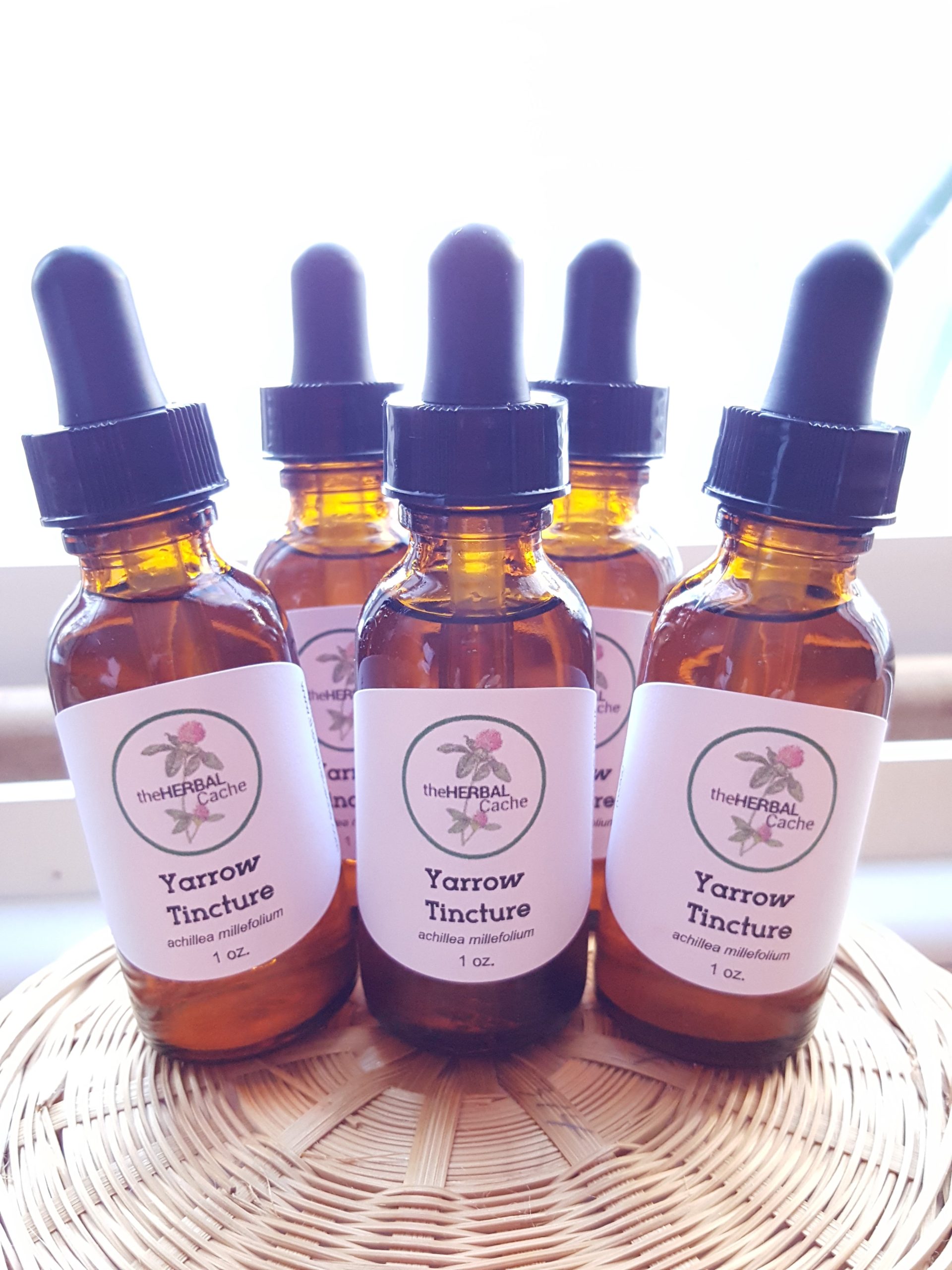
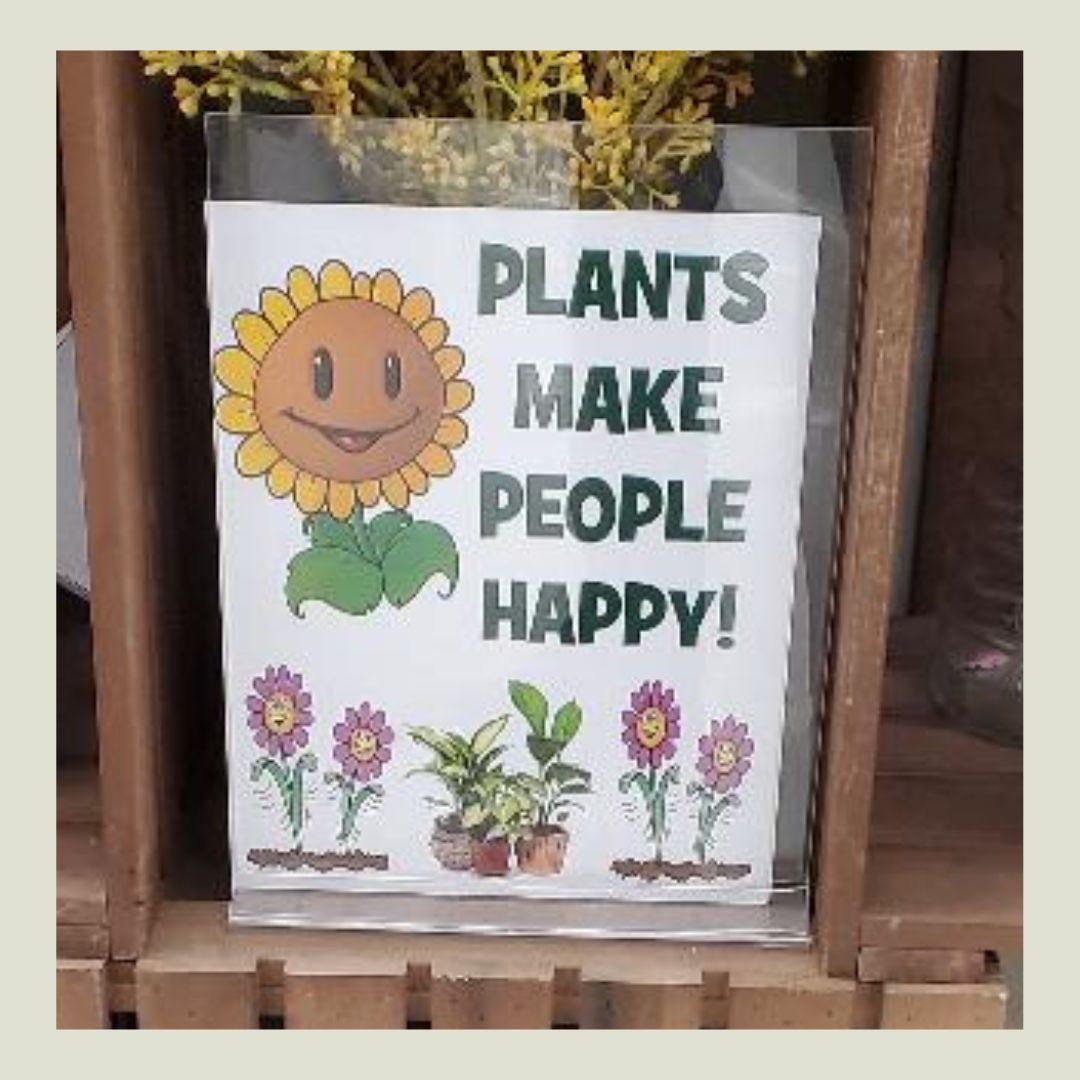
They sure do!
I was out and about one day and I came across this display at a grocery store. I passed it by, but it lingered in my head because plants do make me happy. I turned around, went back to the display and took this picture of it. I love the message “Plants make people happy!”.
We all know that giving and receiving plants, especially flowers, brings a certain joy and peace to our mindset.
That is why flowers are given on so many occassions:
“A beautiful plant is like having a friend around the house”
Why is it that plants bring us happiness?
Well, first off, we are surrounded by plants so we have to be able to live with them, like them and have a connection to them. If you don’t, you are in trouble.
This connection, or innate attraction to nature, is called biophilia. This term was coined by biologist E.O. Wilson. The desire to have house plants, trees along boulevards, a plant on an office desk, etc. stems from this natural desire.
And we can’t forget all the things that plants provide to us: shelter, food, medicine, oxygen and more. So why wouldn’t plants make us happy?
Let’s take a little bit deeper look at the many ways plants make us happy.
Studies have shown that being in and around nature makes us happier. One study has shown that nature walks are great for everyone and help to rejuvenate the brain. Another study by Gregory Bratman from Stanford, showed that those who took a 90 minute walk in nature, had decreased the pattern of thinking that is associated with depression.
To learn more nature walks, check out my blog post, “The Power of a Nature Walk“.
If you can’t get out in it, bring it inside. Natural aesthetic beauty is soothing to people, and keeping ornamental flowers and plants around the home is an excellent way to lower levels of stress and anxiety. People who keep flowers in their home feel happier, less stressed, and more relaxed.
At the end of this post, I share some ideas on what plants to have around your home or office.
About 50% of a group of survey respondents explained that gardening helped them feel calm. I know for me gardening is very calming. Hearing the birds, watching the butterflies and sitting among the plants, yeah I could sit out there all day.
Being surrounded by plants makes people happy. According to a study conducted in hospitals around San Francisco Bay Area, 79% of the patients who took part said they felt calm, 19% claimed to have felt a sense of optimism, and 25% became stronger from spending time around plants.
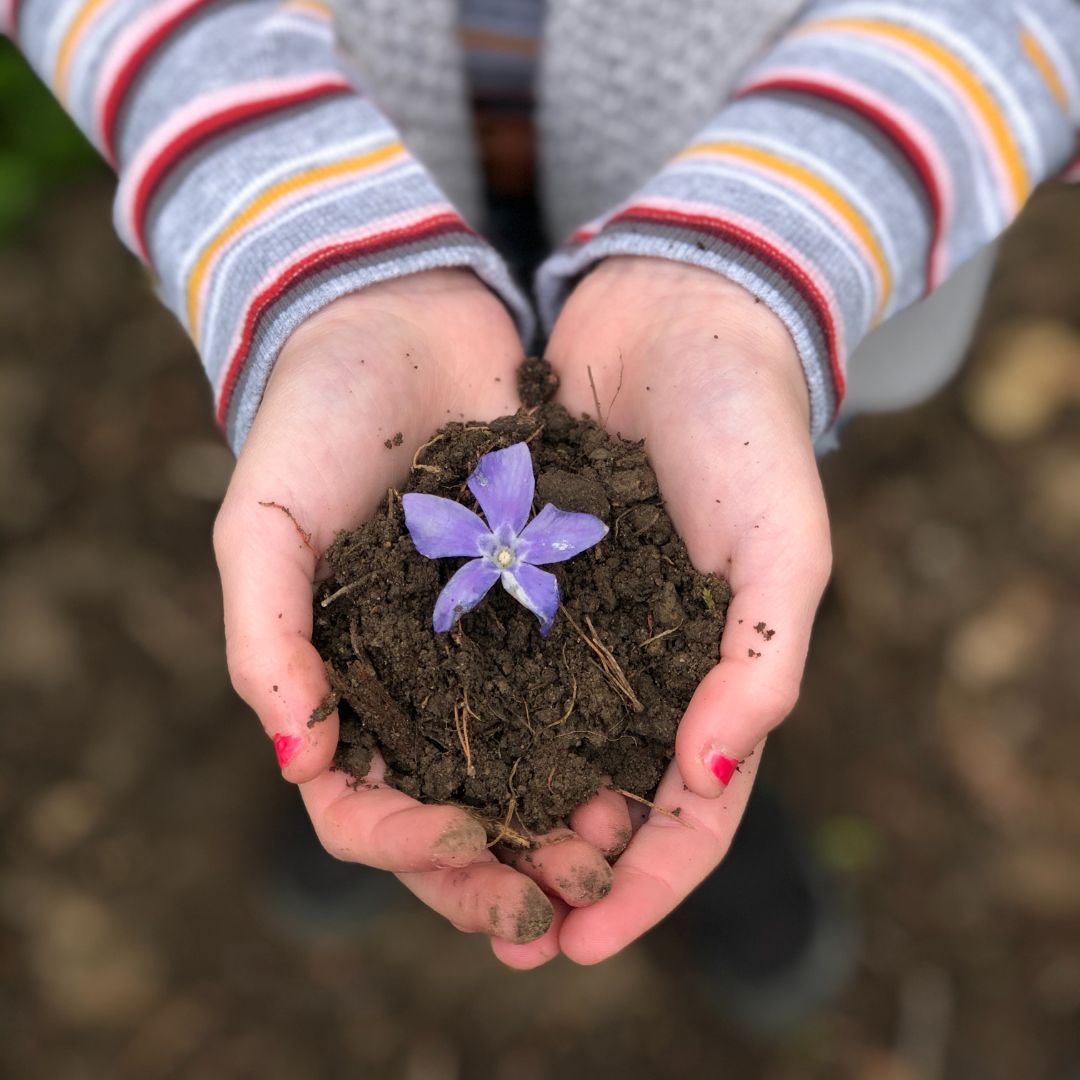
…the bacterium found in soil may help stimulate serotonin production, which makes you relaxed and happier. So getting your hands dirty in the soil when working with plants is beneficial two-fold.
When we are in the hospital or not feeling well, receiving flowers and plants automatically makes us feel better. Whether it is the plant itself or the thoughtfulness from others, receiving brings a sense of peace.
Not only do plants soothe and comfort us, but they have other health benefits as well:
Spending time in nature gives people an increased feeling of vitality, increasing their energy levels and making them feel more animated. Being out in a natural environments helps put a positive outlook on life, making people feel more alive and active.
Our minds need to be stimulated and one of the best ways is to bring the energy of outdoors, indoors with plants.
In a University of Michigan study, memory retention increased 20% while being around plants, positively effecting learning abilities. The effect of nature stimulates the senses and the mind which improves mental cognition and performance. Work performance is better, more accurate and of a higher quality when plants are around.
Studies have shown that surrounding yourself by plants could improve your concentration by up to 20% and increase your ability to recall information by 15-20%. Plants do this by reducing CO₂ concentration and improving air quality.
When I worked in an office setting years ago, I always had a plant on my desk. At the time, I wasn’t aware that it was helping me work better. Now I know.
The house plant pictured below kept me company for over 10 years in my office cubicle and now it hangs out in my stairwell. Still going stronge. Well, except for the war marks from being chewed on by my cat!
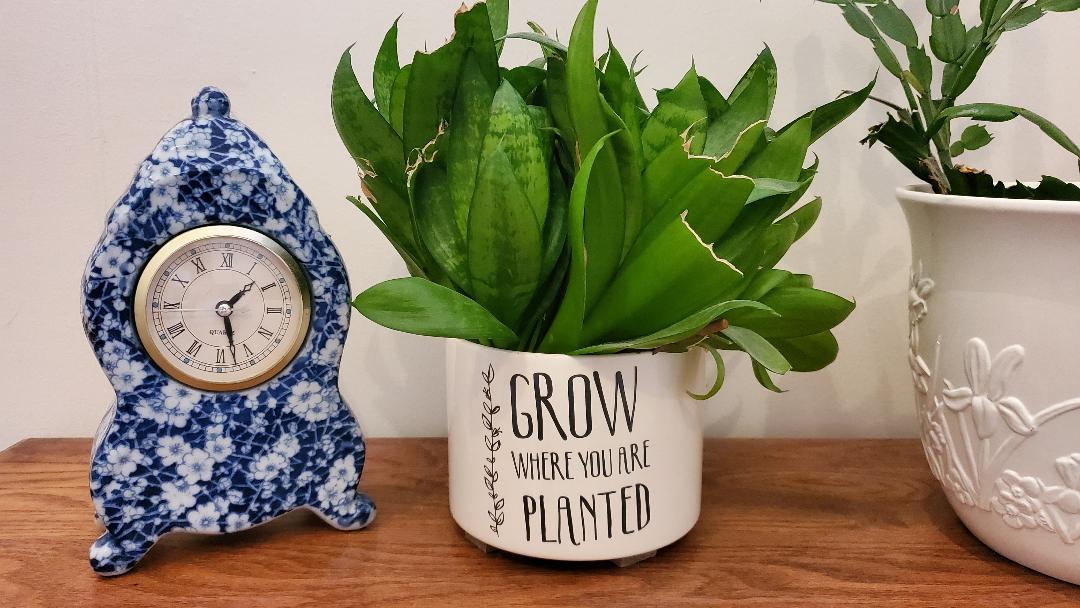
Having plants in your house can be a small but powerful concept that freshens up your space and brings life into your living quarters. Why do people have pets? Because they bring people joy and happiness! The same is true for plants. They provide you with something to care for and offer a change of scenery in your space.
Taking the time to care for a life giving object and putting in the effort to nurture a plant, brings happiness and a sense of calm to people. Not to mention the sense of achievement and the joy that arises when a new leaf pops out or a flower appears!
Studies have shown that people who spend more time around plants are much more likely to try and help others, and often have more advanced social relationships. Spread the love!
Studies have shown that muted green colors have a positive affect in our bodies. It has shorter wavelengths so our eyes don’t need to adjust to it. Also, because green is all over in the natural world, we feel centered and relaxed when surrounded by it. That in turn lowers anxiety. It also makes us feel optimistic and refreshed.
A few years ago I wrote a blog post about the color green, “It’s Not Easy Being Green, or is It?“. Give it a read, it includes a recipe for green bread, which I love!
There are select plants that will bring more happiness to us than others. But that should be taken individually.
For instance, there are thousands of flowers, but none can beat the happiness that a single red rose can offer.
On the other hand, a small child will pick a dandelion and say “Look Mommy! I picked you a flower!” and be so proud of his beautiful find. It’s all perspective.
If you are looking to adopt a plant and wondering where to start or just curious if your current plants are on the list, here are a few to look into.
There is no question about it. Whether its a rose or a dandelion, a flower had a positive effect on us.
I hope this blog post will entice you to get a house plant or two, or plant a flower outside or just take a walk in the woods.

Biophilia – What is it and why is it important?
The history of funeral flowers
5 Reasons Indoor Plants Make You Happier
World Happiness Day: four ways plants help us feel happier
Why Do Plants Make Us Happier? Five Facinating Reasons
Adding a Small Plant to Your Desk Can Improve Your Memory and Make You Happier
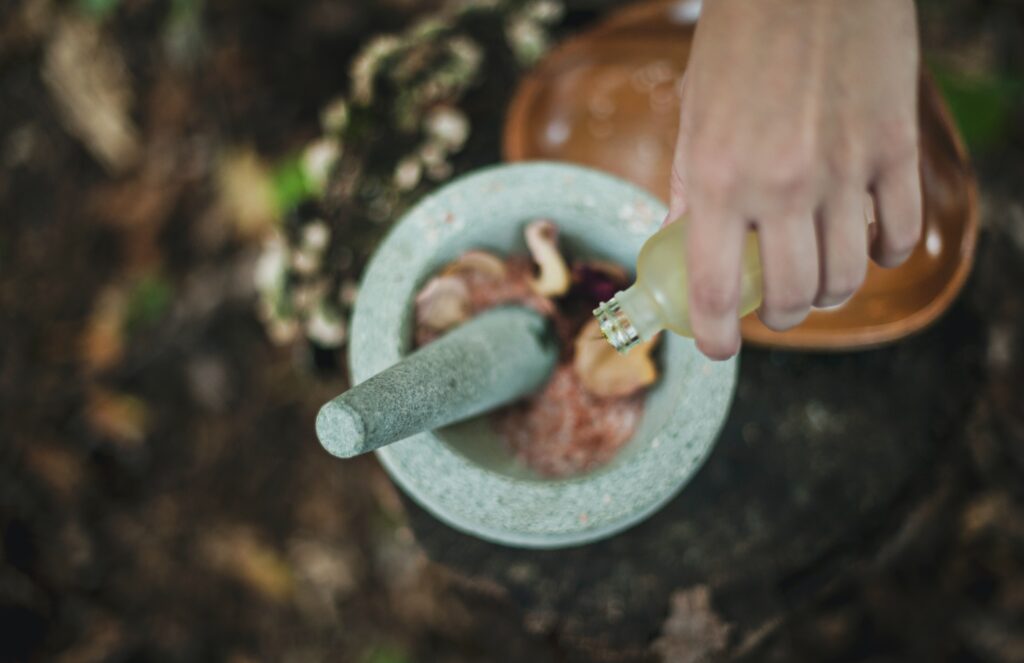
Herbs are natural, they can be found throughout the world and people use them everyday for food or medicinal purposes.
But does that make them safe all the time?
Some people have the misconception that because herbs are natural, they must be safe to use. For the most part, they are, but as with anything, precautions should be taken. In other words, do your research.
Today’s marketing and advertising world have given the word “natural” a meaning that is slightly mis-leading. The word has been used so much, that the definition has become very diluted.
So how do you use herbs safely?

(adj.) existing in or caused by nature; not made or caused by humankind.
Many plants look very similar, but they have different constituents and behaviors. So learning to identify herbs and plants is very important if you plan on using them.
Knowing the botanical names is also key. There are many herbs that have the same common name, but are totally different plants.
The common name of a plant is one that has caught on in a specific region over time. When people migrate to another region, they may associate a new plant with one they are familiar with from another region, even though the plant may be unrelated. This can cause a lot of confusion when talking about herbs.
Lets look at sage for example. There is culinary sage and there is sagebrush. Both are called sage, depending on the location. But they are totally different plants. The botanical name for culinary sage is Salvia officinalis, and sagebrush’s botanical name is Artemisia tridentata.

In looking at how herbs work, there are many variables. The preparation, the part of the herb used, the age of the herb, taken singly or with other herbs and is it being used topically or internally all help determine the safeness of the herb.
Herbs can be prepared safely in many ways. Some can be used in their raw form, like our culinary herbs, basil and parsley. They can be made into tinctures using either an alcohol or glycerin solvent. Herbs can also be dried and used in powder form. They can also be made into herbal oils and vinegars.
An herb used on its own can be safe, but when used with another herb at the same time, the results could be slightly different. This is because of the chemisty and synergy that happens with combining herbs. That doesn’t make it unsafe, but just know that it can behave differently.
Some herbs work better, or may be more potent, when paired with others. Other herbs are like helpers. They help other herbs do their job better or more effeciently. Pepper is a good example of this. Pepper helps many herbs become more absorbable into the bloodstream and cells. It is like the “transport” herb. You will see it partnered up with turmeric a lot.
Try to use just one herb at a time if possible when starting out.
When more than one herb is used and there are side-effects, how can you tell which herb is creating that side-effect? By using one herb, it is a lot easier to determine which herb is causing adverse effects, if there are any, or if you may be allergic to one.
By taking one at a time is an easy way to see which herbs are safe when being used for you.
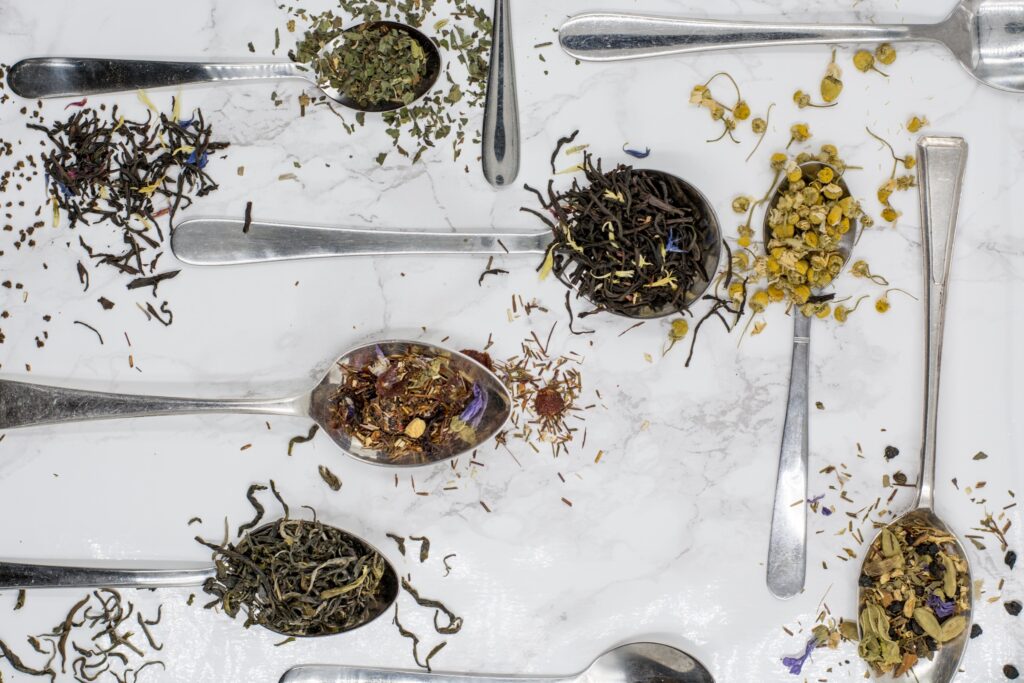
If you are unsure, seek out a professional to help navigate the safety of herbs. This is especially key if you are taking pharmaceuticals.
Most herbs can be used safely with allopathic medicine, but since not all combinations have been studied or tried, it is best to be cautious.
St. John’s Wort is probably the most well known for its interactions with pharmaceuticals. St. John’s Wort is very good at flushing out what should not be there. In other words, having pharmaceuticals in your body is not normal, so St. John’s Wort sees that and removes it.
So in recapping, make sure to:
By doing your own research, learning about herbs, listening to your body and taking precautions, you can know that you are using herbs safely.
To learn more about common myths in herbal medicine, check out my other blog posts:

I have been asked so many times “Has it been studied?”, referring to the herb or herbs I was recommending.
Herbs have been known for thousands of years for their healing properties. If they hadn’t worked, the knowledge would not have been passed down through the generations.
So it is a myth to say that plants have not been studied. They have been for thousands of years. Just not in the form of today’s “science”.
As the years go by, science is slowly picking up on the medicinal benefits of plants. Detailed studies are slowly being done with results verifying the knowledge from yesterday.
One reason we don’t see a lot of modern scientific studies on medicinal plants, is money. And this can be viewed from a few different angles. The first angle is fairly obvious, studies cost money and take time. Is the outcome worth the money that would be needed? That may depend on who you ask. Another angle is whether or not the study will produce results that lead to financial gain. That would be a reason for someone to hold a study, what can I get out of it.
But I feel that simple science is a start that will hopefully one day lead to more scientific studies.
I like to say it was “simple science” that has been used throughout the years to study and learn about plants and their medicinal qualities.
By simple science, I mean using your senses of taste, sight, touch and smell.
Most people can relate to smell and the outcomes of the aromas. For example, when you inhale a scent of lavender, most people will immediately feel a sense of calm come over them. Because of the popularity of lavender, more and more studies are being done as to how it affects us.
Taste is another sense that we use to determine what affect a plant may have on us. Take a bite of a dandelion leaf. What happens? Your mouth puckers up from the bitterness. Your taste buds then send a signal to your brain that triggers an increased production of digestive enzymes and stomach acid.
This is why salads are frequently served before a main meal, because the leafy greens, the bitters, get your digestive system going.
By seeing, touching, smelling and tasting, (my simple science), I can predict what will happen the next time I use a particular herb. I don’t necessarily need a scientific study to tell me that.
Though I do suppose you could include the sense of hearing too. For example, after your friend runs through a nettle patch and you now can hear him crying out in pain…
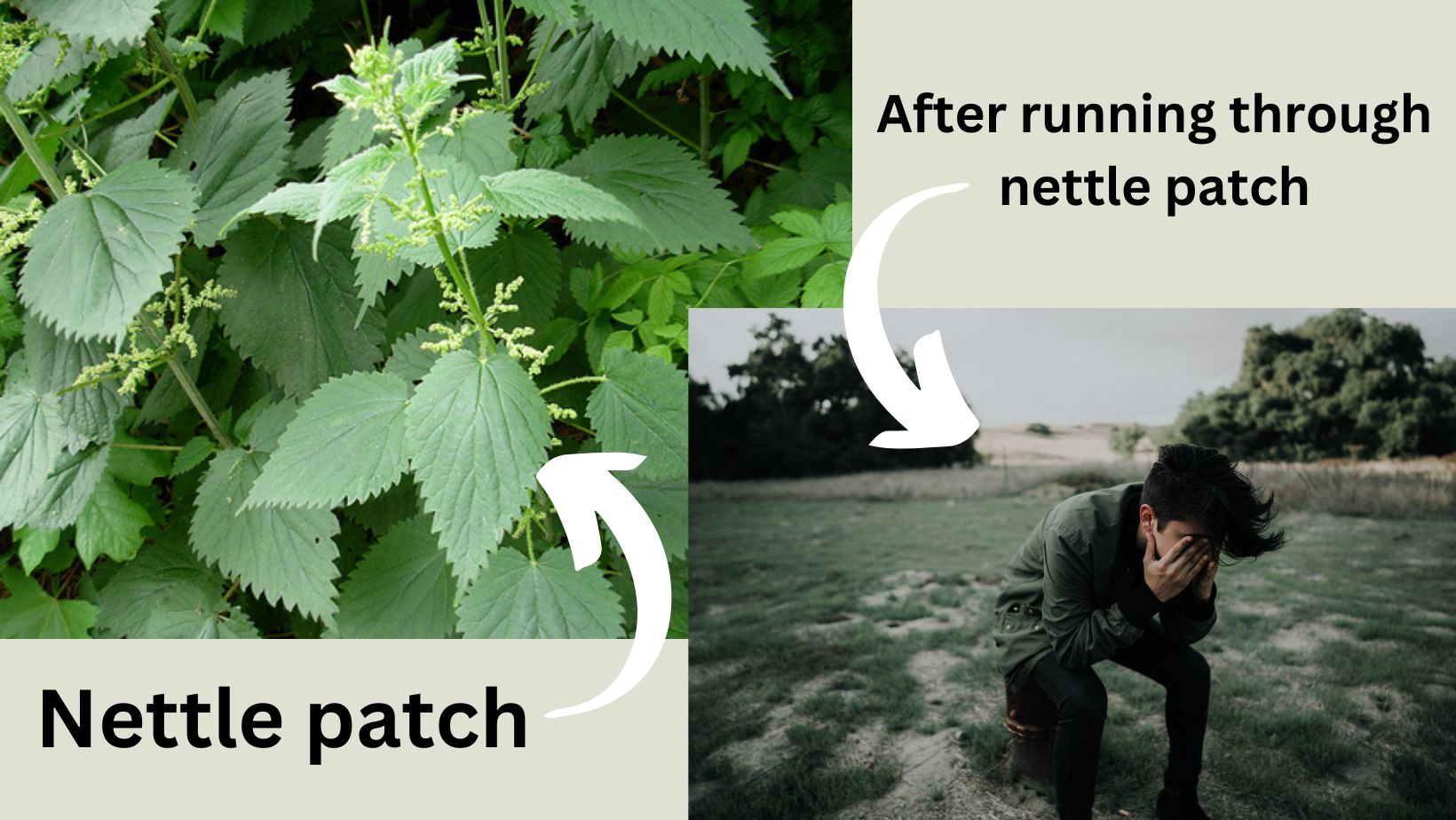
Knowing what to look for in studies can help you better understand if the study is actually answering the question or condition you have.
A few key things to look at are who funded the study, how was the study done and what were the variables. It is sad to say, but those funding a study sometimes are looking for an outcome to satisify them. From here, you want to look at how the study is done and the variables.
According to Dr. Patrick Jones, from the Homegrown Herbalist School of Botanical Medicine, you want to “recognize the hallmarks of good research: precision, repeatability, and the elimination of variables.”
Being able to repeat a study over and over with the same precision and variables to arrive at the same conclusion every time makes for a good study.
Here is a short video from Dr. Patrick Jones with more on how to differentiate good studies from bad studies.
So the myth that herbs haven’t been studied, is exactly that, a myth. Everyday we are in our own little world of study. By using our senses, we are learning what plants look like, smell like, feel like and taste like. As individuals, we may all notice something differently. For example, many people love cilantro, but others hate it because it tastes like soap to them.
So my point is, learn from what your senses tell you. That is your findings in herbal study.
To learn more about common myths in herbal medicine, check out my other blog posts:
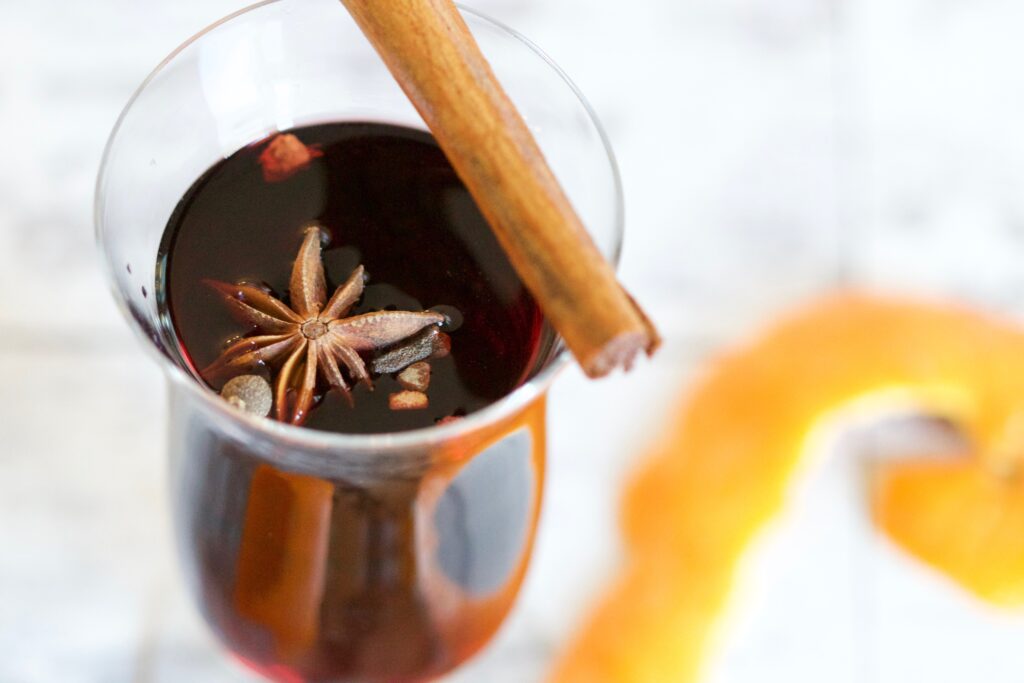
The simple definition of what a mulled wine is, is taking red wine, heating it up and adding spices to it.
But as we all know, we like to “spice” things up and create something with a little more pizzaz. And so the creation of a multitude of mulled wine styles begins.
Variations include adding spices, such as cinnamon, cloves, allspice, anise, and nutmeg. Citrus fruits and raisins can also be added to the mixture to enhance its flavor. And don’t forget other liquors, such as brandy, bourbon and beer are added depending on the recipe.
And there are many more cultures and countries that have some sort of mulled wine.
Mulled wine has a long history, starting back in 20 AD with the Romans.
By the 12th century, forms of mulled wine were very common in parts of Europe, especially in France and Spain. Recipes for this “spicy wine” can be found in written works of the time, like Regiment of Sanitat, written by Arnaud de Villeneuve, a doctor and theologian of the time.
This drink became even more popular in the 13th century, spreading further throughout Europe. The English king, Henry III, was very fond of mulled wine and made sure it was at the table when eating.
As the years went by, mulling was used more as a way to prevent waste of any wine that may have been unpleasant to taste. By adding herbs, spices and fruits, it made the wine more palatable.
Throughout the years, cultures took the recipes and altered them to suit their own taste. By adding different spices, herbs and fruits, they all created unique versions of this winter beverage.
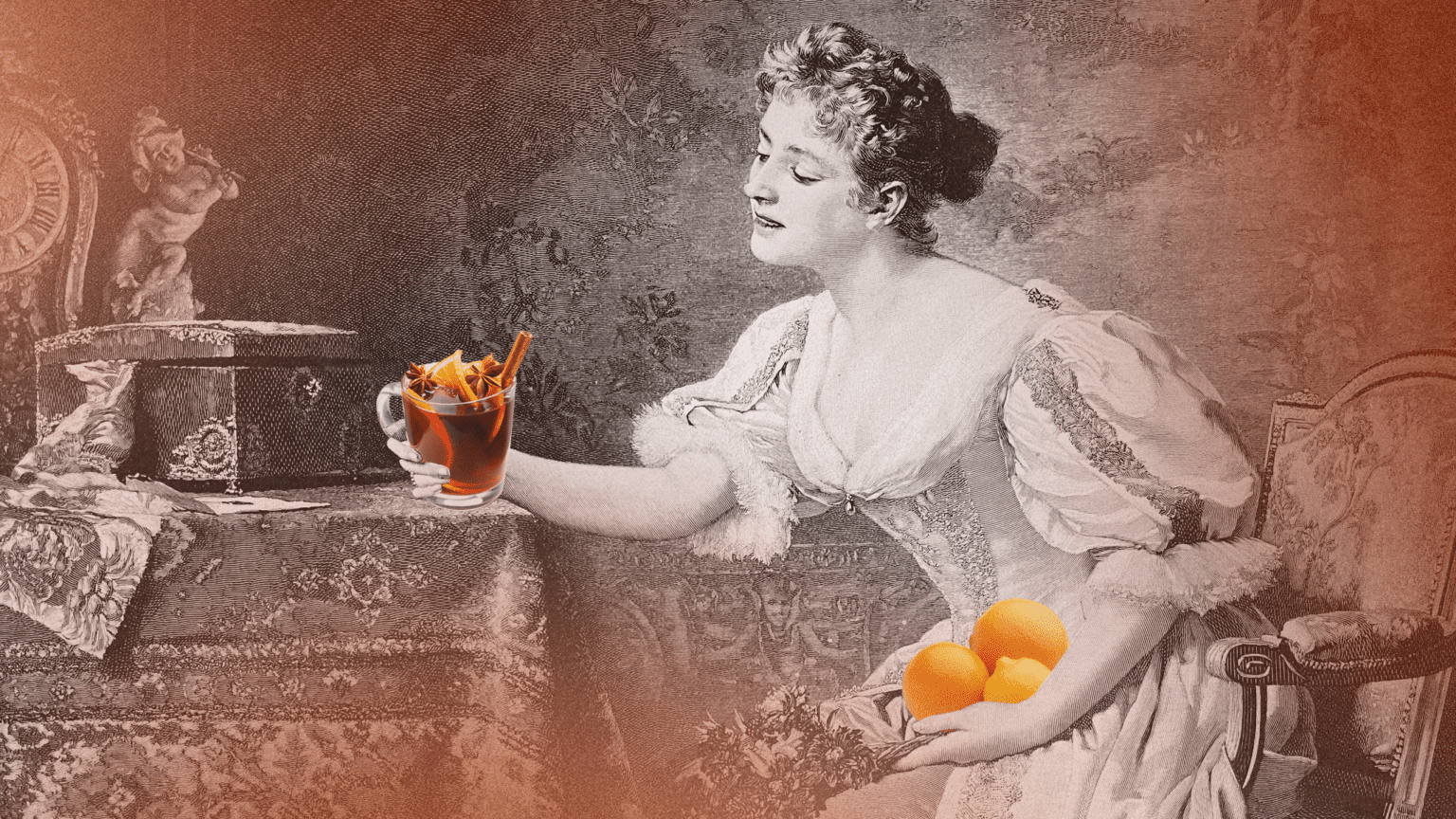
In the Middle Ages, people viewed mulled wine as almost medicinal. They believed that the added spices made them healthier. They weren’t exactly wrong. And, alcohol was at times safer than the water that was readily available to those that lived in cities, especially during the Black Death.
Ancient Greece used spiced wine as a medicinal tonic for warming the body. The Greeks called this elixir hippocras, after Hippocrates of Kos, the physician known as the “father of medicine”.
When taking a dive into the ingredients, one can see how mulled wine is a form of medicine and the health benefits it can provide.
Red wine offers many health benefits. It supports cardiovascular health and helps fight inflammation. Because it contains resveratrol, it can help sharpen your mind and fights off free radicals. Red wine may also help to improve your mood.
A study, conducted at Curtin University in Australia, found that regular consumption of red wine reduced the risk of developing cardiovascular disease by lowering LDL cholesterol levels in postmenopausal women by 8 percent and increased HDL cholesterol levels by 17 percent.
When used as a sweetner, honey has many benefits. It is a natural antibiotic and helps to activate the medicinal properties of the other herbs and spices.
Cinnamon brings warmth into the digestive organs and extremities. It also helps to lowers blood sugar levels and helps remove digestive parasites.
Orange peel, which is high in vitamin C, can improve our immune system. You can learn more about the health benefits of orange in my blog post 21 Reasons to Get Orange Peel Into Your Diet.
Cloves are anti-parasitic and help remove worms from the gut and improve circulation. But don’t add too many or you will numb your taste buds.
Cardamom brings strength to the digestive tract.
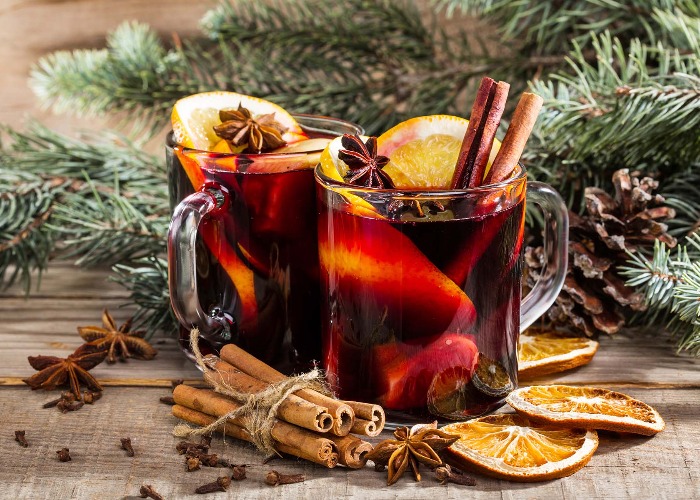
So why is mulled wine such a popular drink during the holidays and at Christmas?
This tradition appeared in the 1890’s, when outside German markets offered this warming beverage to their shoppers. Within a few years, it became a contest as to who could create the best tasting mulled wine in the market.
Charles Dickens, the writer, included a passage which mentioned Smoking Bishop, a popular mulled wine of the day, in his classic A Christmas Carol.
And what do you eat with mulled wine? There is nothing better to serve it with than shortbread, speculoos, or a cinnamon or almond cake.
Even though this is considered a holiday drink, Mulled Wine Day is celebrated on March 3.
There are a lot of variations when it comes to the recipes and ingredients for mulled wine. But here is a list of the most common items needed in making this beverage.
There is no shortage of recipes for mulled wine. Just Google it and see how many pages of recipes pop up. It’s really no surprise since this beverage has been around for centuries.
Once you start looking, you’ll be amazed at the variety of recipes that are out there. What is even more amazing is that once you know how to do it, you can start creating your own versions of mulled wine. There really is no wrong way.
To get you started, I put in a few links to some tasty mulled wines below. Once you try one, let me know what you think in the comments below.
CHEERS!
https://www.myrecipes.com/how-to/cooking-questions/what-is-mulled-wine
What is Mulled Wine? How to Make it and 5 Easy Recipes.
The mulled wine: origins and preparation advice
The History of Mulled Wine
https://www.nenaturalhealthcentre.com/uploads/2/5/8/6/25863178/mulled_wine.pdf
https://www.goodhousekeeping.com/health/diet-nutrition/a33145/drink-wine-every-day/
Benefits of Red Wine for the Heart, Body & Mind
Gardening is such a relaxing and fun activity, and the whole family can join in. The best thing about gardening is that you get to reap the food benefits at the end!
If you’re interested in having a medicinal garden that is low-maintenance, there are certain things you should keep in mind to make it succeed. This includes when to plant, what plants to choose and where to put them. So be prepared to do a little research for your area.
Also, with all the chaos going on in today’s world, now is the perfect time to grow your own and not have to rely on others. Especially with the prediction of shortages looming over our heads.
Medicinal gardens provide many benefits. Not only do they look beautiful, but they can also be used to create natural remedies and food.
And don’t worry about space. Even if all you have is a balcony or small patio, you can utilize pots to grow your herbs in.
Don’t take on too much at the beginning. If you are new to gardening, maybe start with 1-4 plants and see how you do, and how the plants do. The last thing you want to do id overwork yourself and get frustrated and quit.
If you’re interested in starting your own medicinal garden, keep on reading for everything you need to know.
“The kiss of the sun for pardon,
The song of the birds for mirth
One is nearer God’s Heart in a garden
Than anywhere else on Earth.”
Many people enjoy planting medicinal herbs and other medicinal plants. The benefits of these plants have been known for centuries, and they continue to be used by many cultures around the world.
While the exact time to start planting will vary depending on the plant and the climate, there are a few general guidelines that can be followed. For most medicinal plants, it is best to start planting in early spring. This gives the plant time to become established before the hot summer months. However, some plants, such as lavender, do better if they are planted in late summer or early fall.
Think about how you want to start out. Do you want to try growing your herbs from seed or buy seedlings? Some herbs are very hard to start with seeds, so research before buying.
Many herbs are perennials, meaning they will come up every year, so once you get them started, you won’t have to replant them. One less thing to do next year!
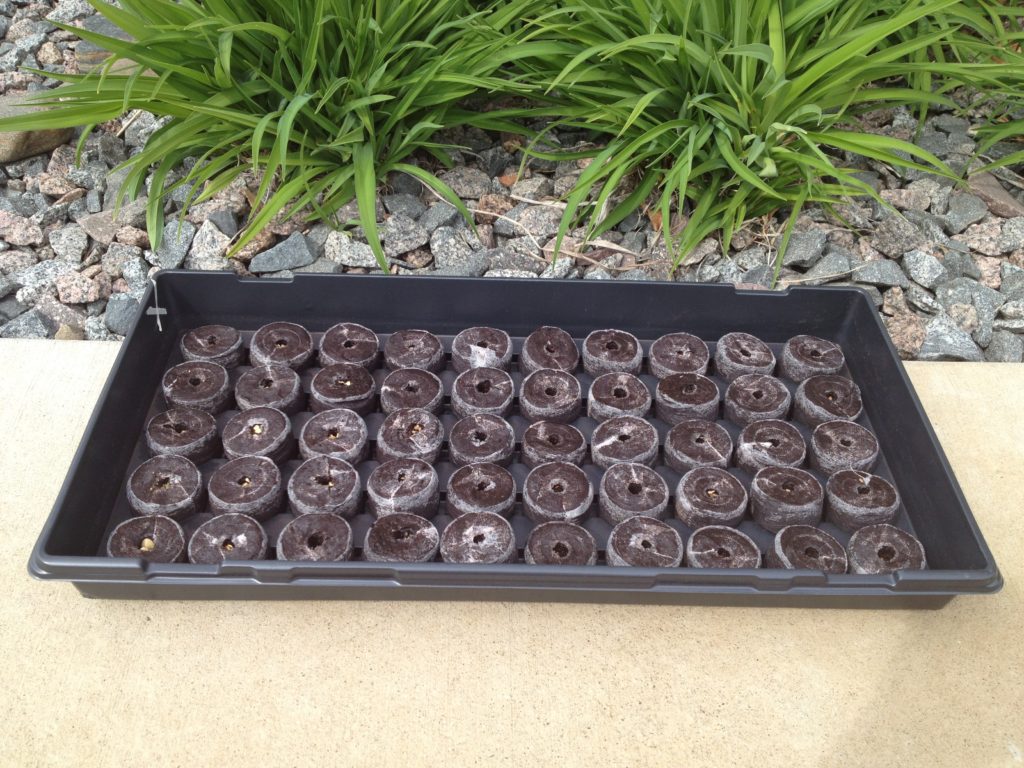
When it comes to medicinal plants, there are a variety of different options to choose from.
Some popular choices include herbs such as basil, rosemary, and mint. These herbs can be used to add flavor to food or brew tea. Other medicinal plants include echinacea, which is used to boost the immune system, and ginkgo biloba, which is often taken as a supplement to improve cognitive function.
Determine what and how you plan to use the herbs. Do you want to just use them in cooking? Than look into planting culinary herbs, such as thyme and sage. If you plan on using them for strictly medicinal purposes, what medicinal issues? If you have skin issues, you may want to plant calendula, which is wonderful for healing wounds, rashes, burns, and dry skin.
No matter what medicinal plants you choose to grow, it is important to research how to care for them properly. Make sure you know how much sun, water and space they will need, as well as any other special requirements.
With a little bit of care, your medicinal garden will grow and produce healthy plants.
Excited about the idea of growing your own medicinal plants and herbs, but not sure where to start? If you’re looking for a spot that is low maintenance and will allow your plants to thrive, here are a few ideas to get you started.
One option is to create a medicinal garden in containers. This can be an easy way to get started, and it gives you the flexibility to move your plants around if necessary. Make sure to choose containers that are large enough for the roots of your plants, and place them in an area that gets plenty of sunlight. You’ll also want to be sure to water your plants regularly, as they can dry out quickly in containers.
Another option is to plant your medicinal garden directly in the ground. If you choose this option, make sure to pick an area of your yard that gets plenty of sunlight and has well-draining soil. To prepare the soil, mix in some compost or other organic matter to help the plants thrive. Once you’ve chosen a spot and prepared the soil, you can start planting your medicinal garden.
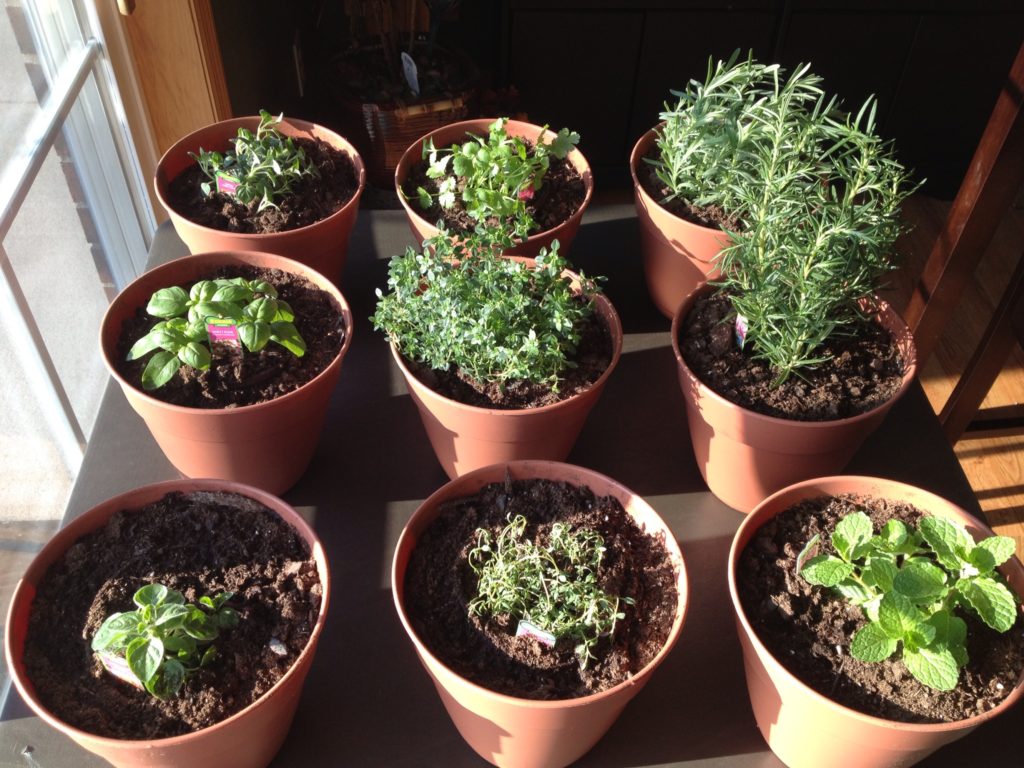
When it comes to medicinal plants and herbs, there are a few things you can do to ensure they thrive in their environment.
First, make sure they have plenty of sunlight. Most medicinal plants and herbs need at least 6-8 hours of direct sunlight each day. Secondly, water them regularly. Allow the soil to dry out slightly between watering, but don’t let the plants get too dehydrated. Third, make sure they’re in a location with good air circulation. Avoid placing them in overly humid or damp areas, as this can lead to fungal growth. Finally, don’t forget to fertilize your plants every few weeks. This will help them to continue growing strong and healthy.
Don’t get upset if a herb or two die on you. Depending on the time of year, you can always plant it again. I love a quote by the Farmstead Lady: “Well, that’s why God invented next year”! Don’t give up on the first try.
If you stay on top of it, you can help your medicinal plants and herbs stay healthy and thrive.
While many medicinal plants are herbs, there are also medicinal flowers and trees.
If you’re looking to add more medicinal plants to your garden, there are a few things to consider. First, what do you want to use the medicinal plants for? There are many different types of medicinal plants, each with their own unique properties. Do some research to find out which plants would be best suited for your needs. Second, consider which plants would be low maintenance. Some medicinal plants can be quite finicky, so it’s important to choose ones that will be easy to care for. Finally, think about how you can add variety to your garden. Maybe you could add some herbs or flowers that can also be used medicinally.
If you’re interested in adding more variety to your medicinal garden, consider some of the following low-maintenance options.
One easy-to-grow medicinal plant is lavender. Lavender has a long history of use as a medicinal herb, and it can be used fresh or dried. Lavender is most commonly used to ease anxiety and promote relaxation, but it can also be helpful for headaches, insomnia, and stomach upset.
Chamomile is another easy-to-grow medicinal plant. Chamomile tea is well-known for its ability to soothe nerves and promote sleep. Chamomile can also be used as a topical treatment for skin conditions like eczema and psoriasis.
Rosemary is a versatile medicinal herb that can be used in cooking or taken as a supplement. Rosemary is thought to improve memory and concentration, and it has also been traditionally used to treat stomach upset and headaches.
Mint is a refreshing medicinal plant that can be used in teas, salads, or as a garnish. Mint is known for its ability to soothe an upset stomach, but it can also be helpful for respiratory problems and headaches. One thing to keep in mind with any member of the mint family, is that they will take over ground space. If this is an issue, consider planting mint in a pot.
Spiraea Herbs has a wonderful video showing some perennial herbs that you can add to your garden.
These are just a few of the many medicinal plants and herbs that you can grow in your garden. By adding a few of these low-maintenance options, you can create a medicinal garden that is both beautiful and functional.
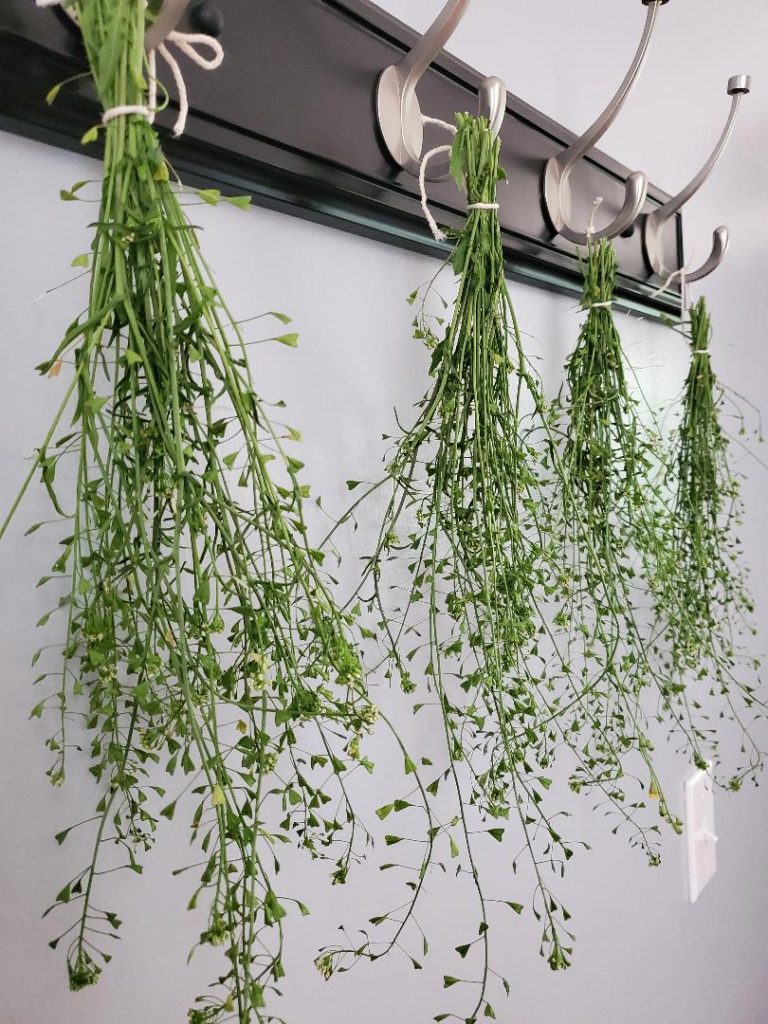
When it comes to medicinal plants, it’s important to know when to harvest them and how to store them properly. Otherwise, they may lose their potency or go bad before you have a chance to use them. Here are a few tips to help you get the most out of your medicinal plants:
With these tips, you can ensure that your medicinal plants are fresh and potent when you need them.
I hope this has inspired you to either start or add medicinal herbs to your garden.
There are many different types of medicinal plants, each with their own unique properties. Do some research to find out which plants would be best suited for your needs.
Second, consider which plants would be low maintenance and survive in your neck of the woods. Some medicinal plants can be quite finicky, so it’s important to choose ones that will be easy to care for. A plant that is easy to grow in California, may need a lot of attention in Minnesota.
Finally, take some time to learn about harvesting and storing medicinal plants. By following these tips, you can create a medicinal garden that is both beautiful and functional.
What medicinal herb are you going to plant?
Garden Lover
Here is a fun video to help get you in the mood!
Elderberries have been all the craze for some time. People make syrup, jam, tea and more with these berries.
What I found out in researching elderberries, was that these berries are very special. They are like the secret remedy for colds and the flu!
There are a few types of elderberry plants, but the black elderberry, Sambucus canadensis, is favored. Because of its strong anti-viral properties, it a huge defender against colds and the flu. Thus the reason for being so popular in the fall.